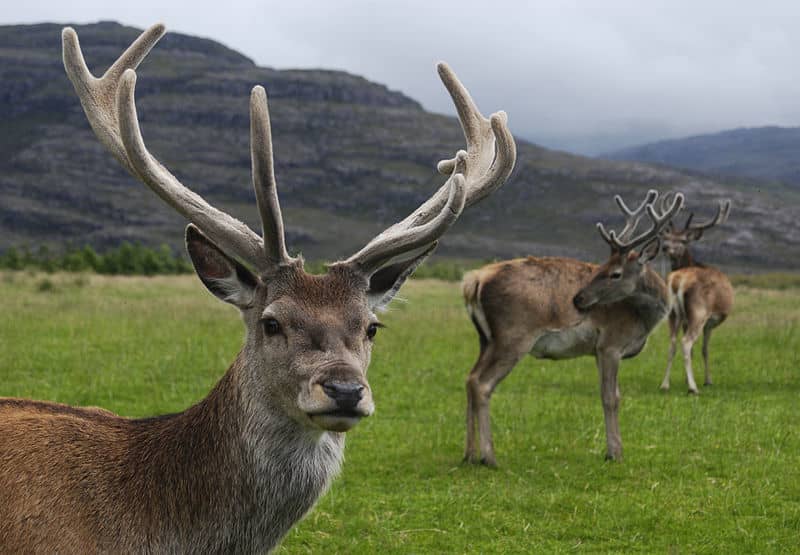Study: European Deer Still Respect Cold War Border
OutdoorHub Reporters 04.23.14

In 1989, the Velvet Revolution heralded the end of Communist rule in Czechoslovakia and the country began dismantling its fortified border with Germany. During the Cold War, a long stretch of electrified fences and armed guards tightly controlled traffic between the nations. While the fence was made to limit human travel, wildlife also discovered that they were separated by the insurmountable barrier. Nearly 25 years after the removal of the fence, red deer still respect the old boundaries.
According to UPI, a study by Czech biologist Pavel Sustr found that red deer on both sides of the Czech-German border still give the area where the fence was a wide berth. The six-year study followed 300 GPS-tagged deer living inside the Bavarian Forest, the largest forest in Central Europe and one that runs through both Germany’s state of Bavaria and the Czech Republic’s Sumava National Park. Despite existing in the same forest, Sustr found that deer on the German side almost never strayed over to the Czech portion of the forest, and the same was true for Sumava’s deer herds.
“The border still plays a role for them and separates the two populations,” Sustr told the Associated Press.
Red deer have an average lifespan of 15 years so it’s unlikely that any of today’s deer have memory of the fences, yet the deer’s aversion to the border persists. Sustr explained that since fawns learn where to go from their mothers, the deer are avoiding the border simply because they have been taught so for generations.
However, researchers found a few exceptions.
“We have from the start one male deer that immediately after the melting of the snow crosses the border from the Czech side to Bavaria to find the same meadow every year on the Bavarian side. We knew about this exception from the start,” Sustr told Radio Prague earlier this year. “There was also later a male deer which was caught when it was one year old. He was not respecting all the rules we found before because he was moving in different areas on both the Czech and Bavarian sides of the border.”
German researchers, who previously conducted their own studies into Bavaria’s deer population, said the phenomenon keeps the animals from taking full advantage of Europe’s largest nature preserve. While ruined watchtowers can still be seen along the border, the area is now turned over to the denizens of the forest. Sustyr told The Wall Street Journal in 2009 that some of the younger deer are beginning to explore and that eventually, red deer from both sides of the border may be reunited.

